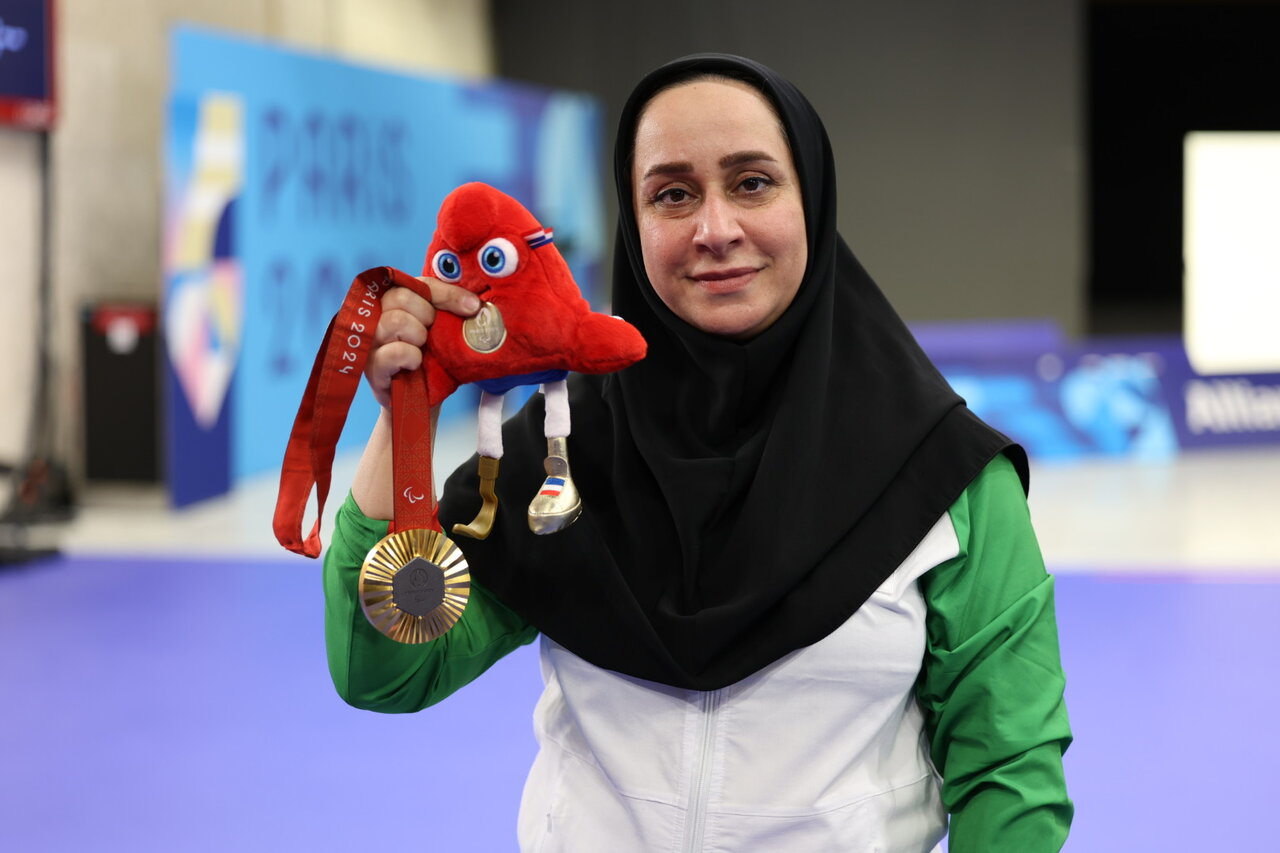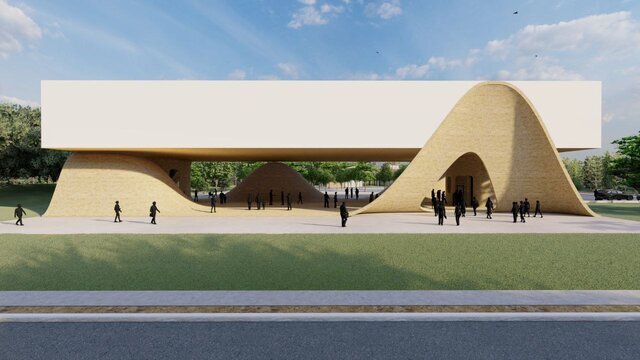
TEHRAN Iran seeks to establish a special museum dedicated to various types of bread traditionally baked across the country.
Concurrent with Irans national Bread and Wheat Day on April 20, the details of a project for the construction of the museum, which is designed by a group of young architects, were explained by Ali Jabbarizadegan, head of the group.He told ISNA that bread has been considered a symbol of sustenance in Iranian culture since olden days.
If people see a piece of bread on the sidewalk, they respectfully pick it up and place it somewhere where it won't be trampled, he added.Jabbarizadegan, who is also a university architecture lecturer, mentioned that National Museum of Bread, which has been designed by young architectures including Sahar Riahi, Ali Hosseinzadeh, Pendar Atarod, Mohammadreza Eftekhari, Amin Safa and Parinaz Misaqi, creates an opportunity to study the future, present and past of bread.We tried to design this museum as an urban sign which pertains to the daily life of citizens.
The process of bread creation from wheat grain and the role of environmental elements such as soil, Earths surface, and sky in this circulation have been depicted in design of the museum.The spaces include the silent room of dough, the passage of wheat sense, the corridor of bread taste, and the hall of the aroma of bread, which engages the auditory, touch, taste, smell, and sight senses of the clients respectively.Pointing to bread as the staple diet of Iranian people, he said the traditional bread baking method includes baking in the furnace, cooking in ashes and hot coals, and baking on a teak and frying pan.Ancient and forgotten breads have been put on display along with the current flatbreads such as lavash, sangak, taftoon, and barbari in the museum, he said.He continued that the museum includes pavilions for showcasing industrial breads, a space to stop and listen to memories, a place for introducing different combinations with bread, and a unit for experiencing traditional bread baking.Jabbarizadegan emphasized that bread is not just a food item, adding that it is a reflection of a lifestyle, progress and technology.The visitors can watch the bread production process in industrial units and traditional bakeries, and compare the differences between them in a live workshop, he added.Iranians eat bread a lot, ranking among the first two countries in the world.The Persian word for bread is nan which you can find in great works by nearly all top Iranian poets and literary men, both modern and classics such as Ferdowsi, Khwaja Abdullah Ansari, Rumi, Saadi, Ebne Yamin, Saib Tabrizi, and Sohrab Sepehri.Among the Iranian nation, nan is recognized as barakat meaning Gods blessing.
Iranians treat bread with respect due to its holy place in their ancient culture.Nan can also be traced in the Sasanian inscriptions of the third century CE.
Also, analyzing historical documents show that the word nan is mentioned in the Pahlavi texts of the 9th century.
A definition of sangakone of the most popular Iranian breadswas found in the comprehensive Persian encyclopedia Borhan-e-Ghate in 1651.The traditional Persian cuisine is interwoven with a wide variety of breads due to two main reasons.
Firstly, bread is considered as the main food of the Iranian people and its consumption in the daily diet is very common.
Secondly, Iran is an integrated country that accommodates various ethnic communities.KD.
This article first appeared/also appeared in Tehran Times

 12
12











